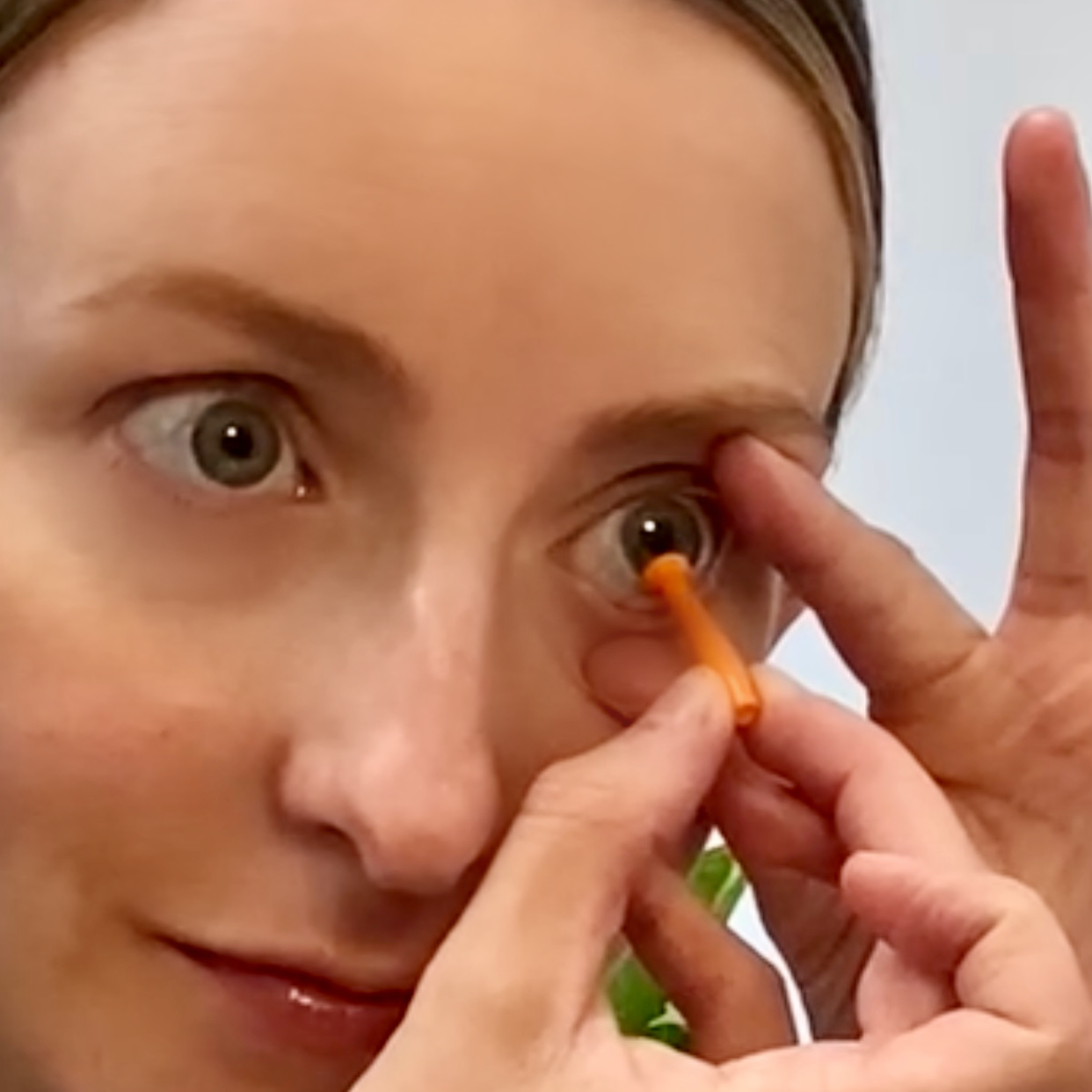Once you find a lens you love, it can be hard to change.
When I first started fitting specialty contact lenses, gas permeable lenses (also called RGPs), were the main lens that was used in practice for people with keratoconus, corneal scars, radial keratotomy, and other irregular corneas.
However, there are some common complications with gas permeable lenses that can be resolved with scleral lenses. These are:
-
Lenses dislodging in the eye
-
Lenses popping out
-
Discomfort when dust or makeup gets under the lens
-
Vision unstable and fluctuating with blinks
-
Eyes feeling dry (from the interaction between lens and lids)
In practice, the downsides to gas permeable lenses are:
1. Not being able to wrap the lens around the cornea appropriately.
We are dealing with a spherical structure (the lens) and trying to fit it around a non-spherical structure (your eye). We have the ability to change different structures of the lens and move them up or down to design a fit that works. However, the fit is limited to still being a perfect sphere. This may not fit around your eye, depending on what your cornea looks like.
2. Not being able to include residual astigmatism.
We can correct astigmatism with gas permeable lenses because the tear film behind the lens “fills in” a lot of the astigmatic cornea. However, there can be some astigmatism still INSIDE the eye that requires us to put astigmatism correction on the front of the lens. This is difficult to do with gas permeable lenses because the astigmatism must be very stable. If the lens isn’t extremely stable on the eye, this correction can be difficult.
Remember, there are also GREAT things about gas permeable lenses and we can be very successful with them!
The transition to scleral lenses is usually done for more comfort (as scleral lenses do not land on the cornea) and sharper vision (the ability to include residual astigmatism).
A few pointers if you are transitioning to scleral lenses:
-
Give yourself a few more minutes in the morning when learning how to insert your scleral lenses. Scleral lenses are different than gas permeable lenses and require filling the bowl of the lens with saline and inserting with your head down.
-
Same as above for removing the lenses.
-
Stock up on the solutions you need: filling solution, cleaning solution, and plungers. Our office provides these to all patients getting lenses at their first dispensing visit so no need if you are at our office!
-
Give yourself time! It’s an adjustment but the improvement in comfort is well worth it.
Any questions? Feel free to ask below!


